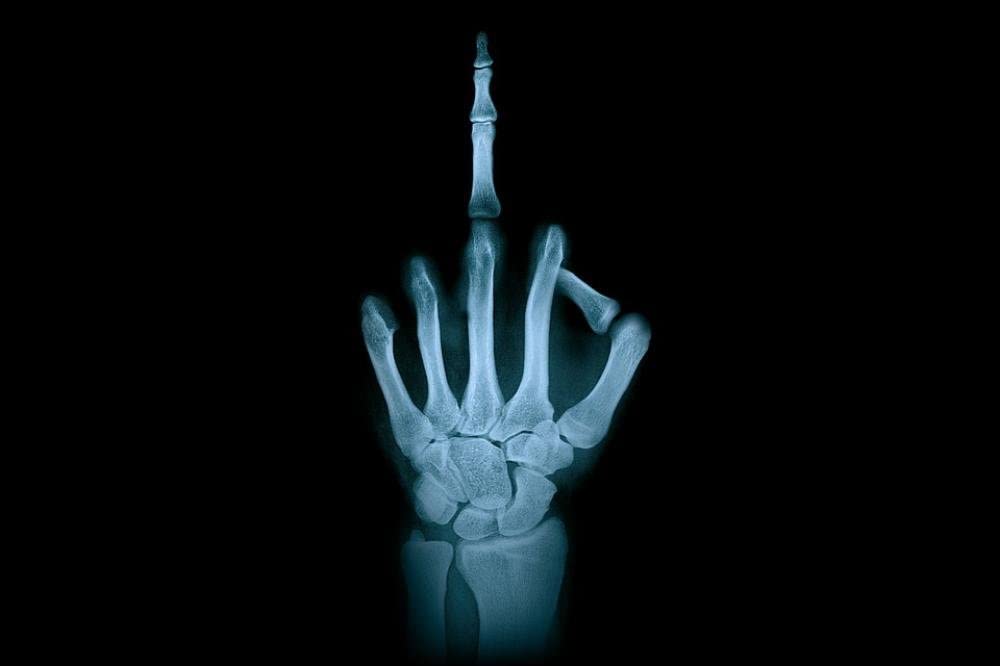Complement control protein are proteins that interact with components of the complement system
The complement system is tightly regulated by a network of proteins known as “regulators of complement activation (RCA)” that help distinguish target cells as “self” or “non-self.” A subset of this family of proteins, complement control proteins (CCP), are chara
Complement receptor type 2 (CR2)
Complement receptor type 2 (CR2), also known as complement C3d receptor, Epstein-Barr virus receptor, and CD21 (cluster of differentiation 21), is a protein that in humans is encoded by the CR2 gene. CR2 is involved in the complement system. It binds to iC3b
Rosetting
Erythrocyte rosetting or E-rosetting is a phenomenon seen through a microscope where red blood cells (erythrocytes) are arranged around a central cell to form a cluster that looks like a flower. The red blood cells surrounding the cell form the petal, while the central cell forms the stig
Complement receptor type 1 (CR1)
Complement receptor type 1 (CR1) also known as C3b/C4b receptor or CD35 (cluster of differentiation 35) is a protein that in humans is encoded by the CR1 gene. This gene is a member of the regulators of complement activation (RCA) family and is located in the ‘cluster RCA’ reg
Three-finger proteins and three-finger toxins
Three-finger proteins or three-finger protein domains (3FP or TFPD) are a protein superfamily consisting of small, roughly 60-80 amino acid residue protein domains with a common tertiary structure: three beta strand loops extended from
A Mad Scientist’s Dream – Rumpless Chickens (and more)
Today, we delve into the bizarre phenomenon of rumpless chickens—a feathered marvel characterized by caudal dysplasia, or as some like to call it, the ultimate chicken makeover! These quirky birds are missing their pygostyle, that charming little appendage known as the “parson’s nose,” a mut
Effect of biotin deficiency on embryonic development in the domestic fowl (1944) with reference and cited by articles
The approximate biotin requirements of breeding hens have been established and the embryos examined for gross pathological symptoms and the approximate age at death are recorded. Cravens, W.W., W., & Sebesta, M.A. (1944). Effect of biotin deficiency on embryonic development in the domestic fowl.
Isoleucine, Tryptophol, Sleeping Sickness, The Disulfiram Effect and One Trick Hypnotists From Hell
Isoleucine (symbol Ile or I) is an α-amino acid that is used in the biosynthesis of proteins. It contains an α-amino group (which is in the protonated −NH+3 form under biological conditions), an α-carboxylic acid group (which is in the deprotonated −COO− form under biologica
Biotin
BIOTIN Biotin is involved in a wide range of metabolic processes in humans and in other organisms, primarily related to the utilization of fats, carbohydrates, and amino acids. The name biotin, borrowed from the German Biotin, derives from the Ancient Greek βίοτος (bíotos; ‘life’)
Avidin is a tetrameric biotin-binding protein produced in the oviducts of birds, reptiles, amphibians
Dimeric members of the avidin family are also found in some bacteria. In chicken egg white, avidin makes up approximately 0.05% of total protein (approximately 1800 μg per egg). The tetrameric protein contains four identical subunits (homotetramer), each of which can bind to&nbs
Albumen prints and egg whites…all the rage back in the day…and a few other things
The albumen print, also called albumen silver print, was published in January 1847 by Louis Désiré Blanquart-Evrard, and was the first commercially exploitable method of producing a photographic print on a paper base from a negative. It used the albumen foun
p-Phenylenediamine (PPD) is a derivative of aniline used in kevlar, hair dye and henna substitutions among other things, the derivatives of which are used in antiozonants among other horrors
p-Phenylenediamine (PPD) is an organic compound with the formula C6H4(NH2)2. This derivative of aniline is a white solid, but samples can darken due to air oxidation.It is mainly used as a component of engineering polymers and composites like kevlar. It is also an ingredient in hair dyes a
Glycodelin is found in oocyte and sperm
aka human placental protein-14
Paintings by Frans Francken the Younger
Frans Francken the Younger (1581 –1642) was a Flemish painter and the best-known and most prolific member of the large Francken family of artists. He painted large altarpieces for churches as well as smaller historical, mythological and allegorical scenes. His de








